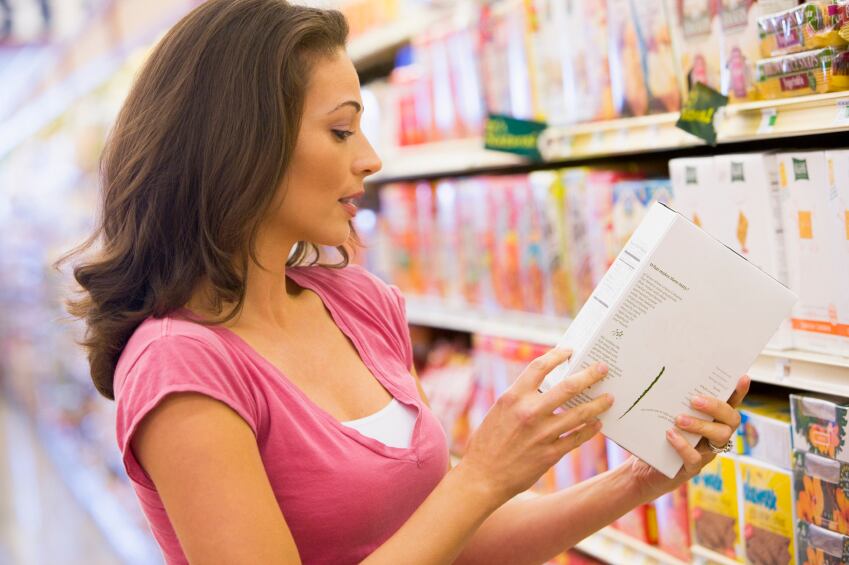The global market for food traceability technologies will reach $11.15bn in 2015, analysts predict.
Although industrial use continues to take the largest chunk of the market, a rise in traceability information for consumers is expected as well.
Lucrative exports for producers
Karina Sventitskayte, food technology analyst, Visiongain, told FoodProductionDaily.com a rise in traceability can be expected in all regions, but particularly in Asia-Pacific, South America and Africa.
“The reason for this lies in the need for these countries to comply with the traceability requirements for importing countries (that have an established and well-functioning traceability process),” she said.
“These regions have to improve their own traceability standards in order to be able to compete globally.”
Improved traceability may allow producers to expand their export activities. This does not, however, always equate to improved food, Sventitskayte warns.
“For example, a lot of Asian countries export fruits and vegetables to Europe – the region with the highest requirements for traceability. At the same time, the number of hazards in the sector of fruits and vegetables in Europe significantly rose over recent years.
“This is an indicator that traceability in Asian countries does not comply with the requirements of the EU, as a consequence tonnes of food are recalled and wasted, followed by losses for companies and foodborne diseases in the worst case.”
Global standards are some way off
A challenge for the industry is the disparity between local traceability methods and levels, Sventitskayte said.
“For example, while traceability regulations for imported products in the EU are progressive, in the US and Canada they are more moderate.
“Or while the electronic livestock tracking systems industry is highly developed in the EU, in China it represents a regressive area of traceability.
“The implementation of global standards for food traceability could potentially solve these problems and make traceability requirements equal in all the countries. However, this is a long process which needs more action on the governmental level of different countries.”

Is my food GMO-free? Is it fresh? Does it have artificial ingredients?
A major driving force has been the shift in consumer lifestyle towards healthy food consumption, and a desire to know the origins of food.
“Such tendencies as ‘free-from’, ‘clean label’, short ingredients list and other trends are taking a considerable part in consumers’ choice of products. Consumers want to be sure that goods are fresh, healthy, contain no artificial ingredients and GMO-free.
“Having an opportunity to trace food, consumers want to be sure that the quality of the premium products is the same as the quality of the cheaper ones.”
A good traceability tool can give nutritional facts, guidance on how to recognise best quality products, and information about the producer. It also builds consumer trust in brands, which is important for businesses in the long-term, Sventitskayte added.
QR codes for consumers
For industrial use, standard EAN/UPC barcodes represent the greatest submarket share. These help identify products at the point of sale.
“Even though the customer can find information about country producing the product and other details which are contained in the code, it is not as customer- friendly as a QR-code, for instance. QR codes are highly popular in Asian countries like Japan, but they are not that common in other countries.
“However, the need for development of full chain traceability drives the rise of customer traceability technologies as well. Easy access to data in an online regime plays an important part in future developments, as smartphones reach higher penetration levels in all the countries.”
